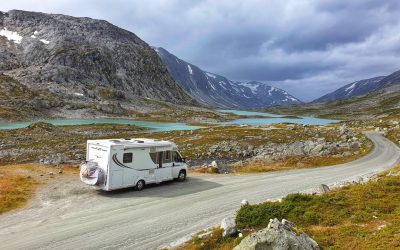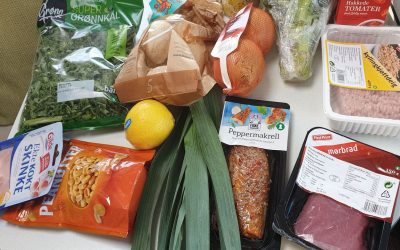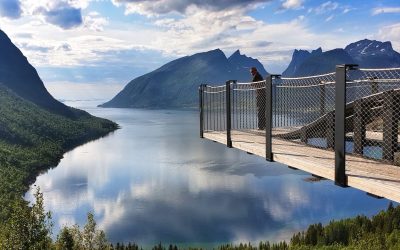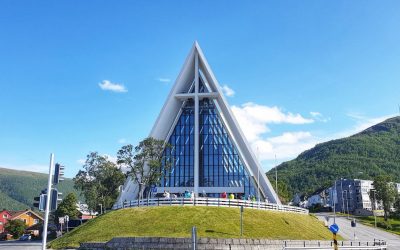Norway - a land of dreams After an epic seven weeks in Norway and a total of five months in Scandinavia during the summer of 2019,...

Norway
Norway
After seven weeks touring Norway in 2019, with its staggering views, fjords, mountains and coastal genius, we felt utterly worn out from its beauty. Yet we loved our experiences, which took us from Tromsø in the north, down through Senja, the Lofoton Isles and along the scenic coastal routes. We share a huge amount of information about our experiences, especially the budget and shopping aspects, which are comprehensibly detailed in our blogs and our free eBooks. We’ve got some videos over on our Youtube channel to amuse you too.
Check out our two eBooks; Norway and the Lofoton Isles here.
Motorhome Highlights in Norway
Motorhome highlights in Norway After four months touring Scandinavia, here are our Motorhome highlights in Norway. Simon Cowell may well...
Visiting Norway – All Things Shopping
Norway - It's so expensive! So many people tell us that they are worried about travelling to Norway because of the prices; of food, tolls,...
Visiting Norway – All things Travel
Norway - the geological genius that mesmerises you around every corner Visiting Norway in a motorhome is a dream come true for so many. I...
Tromso – Norway’s most northern city
Tromsø was never an intended destination on our 2019 Summer in Scandinavia road-trip, although when circumstances took an...
Follow us
You can find us on social media,
different channels for different content.





